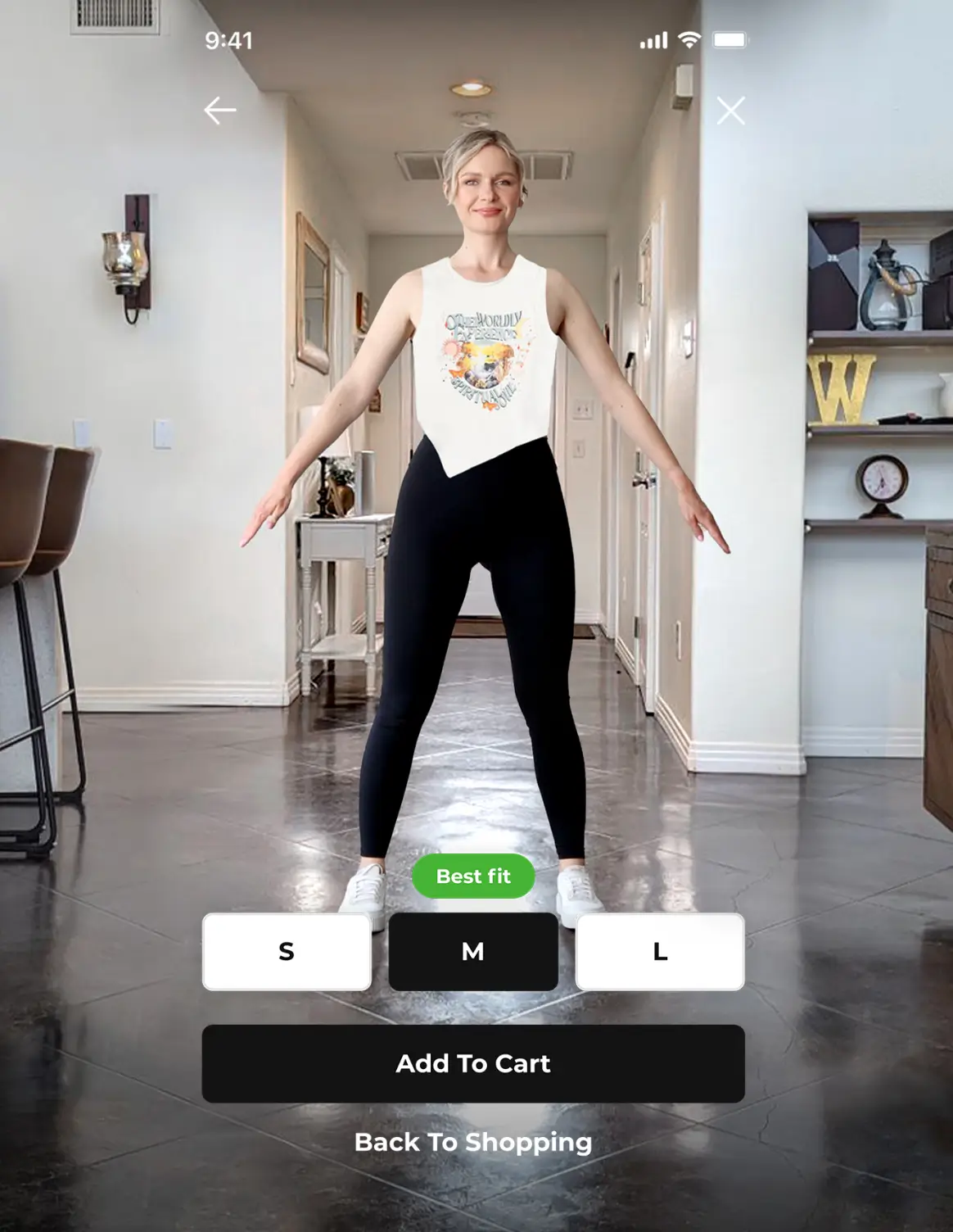Slow fashion aims to reduce the speed at which the industry operates, focusing on thoughtful design, creation, and consumption. With modern consumers demanding longevity, sustainability, personalization, and compassion from the brands they shop with, this slow approach could soon overtake fast fashion.
Rather, with half of the young consumers planning to buy fewer, better quality garments in an effort to reduce their impact, the 2020s will instead be the decade of slow fashion.
But what is the slow fashion movement? As the name suggests, slow fashion aims to reduce the speed at which the industry operates. Rather than providing an endless supply of sub-par garments, the movement focuses on thoughtful design, creation, and consumption that puts quality, longevity, and impact first. Garments are designed and manufactured using high-quality, long-lasting, sustainable materials; production is limited to meet demand, and environmental and social impact are among the top priorities.
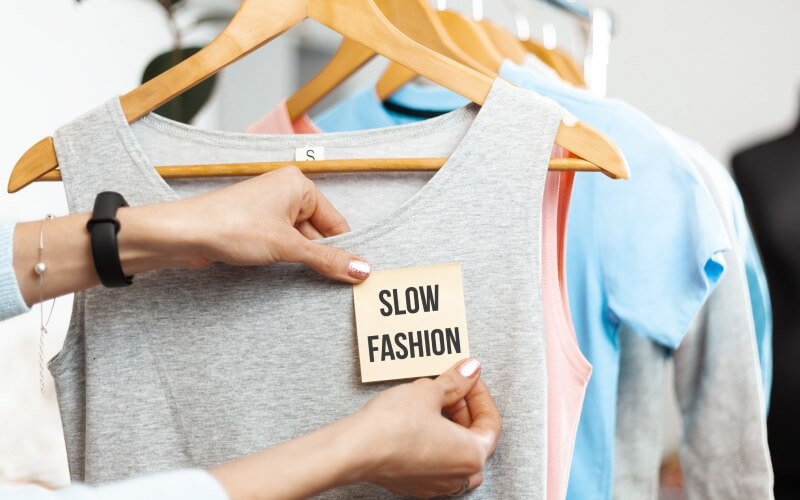
Could the slow fashion movement bring an end to fast fashion?
Up until the 2000s, shopping for clothes was an infrequent activity, usually done out of necessity. Fast fashion changed that. Trendy clothes, sampling designs from the catwalk, were mass-produced using low-quality materials, with savings passed on to consumers. Suddenly, everyone could afford to keep up with the latest trends, and they did.
But that came at a cost. Today, fashion is responsible for 10% of global emissions and 20% of water waste, while 92 million tons of textile waste is disposed in incinerators or landfills annually. Predicted to rise by another 45% over the next decade, there is an evident need for change — and consumers are demanding it.

Fast fashion vs slow fashion: Why slow fashion suits the modern consumer
With consumers losing interest in fast fashion, the slow fashion trend better aligns with their modern desires and values: sustainably made, mission-focused, and committed to high quality and self-expression.
Longevity
The COVID-19 pandemic has fundamentally changed the way consumers shop: health concerns have caused us to care more about our environment, and economic worries have made us consider our spending habits more carefully. This has helped to foster a ‘buy less, buy better’ mentality, with interest growing in products that can offer better value and longevity.
This demand for high-quality materials and manufacturing has accelerated the revival of artisan-made fashion that focuses on craftsmanship, provides meaningful and sustainable products and lends its backing to the slow fashion movement.
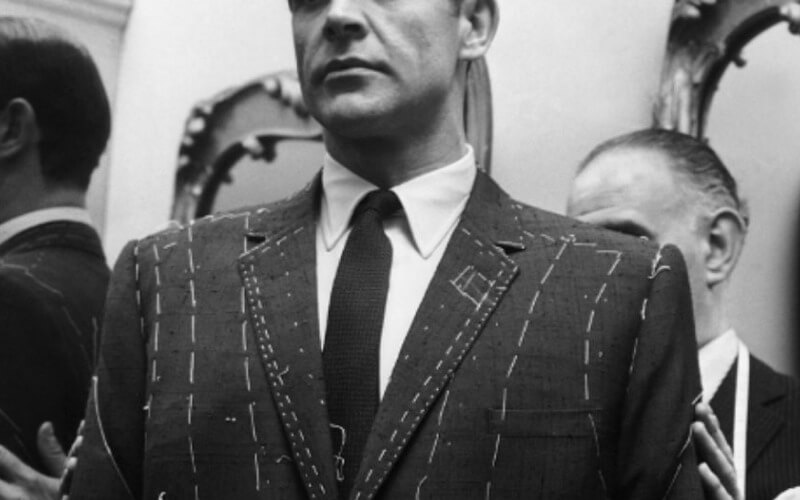
Sustainability
Sustainable and eco-friendly products are no longer the niche market they once were. According to new research by the WWF, searches for sustainable goods have risen by a staggering 71% over the past five years.
It’s clear that modern consumer attitudes are changing — 90% of Gen Z say they have made changes to be more sustainable, according to Depop, with sustainable fashion practices playing a central role.
Fashion brands are already capitalizing on this interest by sourcing eco-friendly materials. For instance, Pangaia, the London-based sustainable apparel brand, has recently introduced two new 100% bio-based alternatives to its material line-up: “PlntFiber” and “FrutFiber”. These fibers consist of plant blends and agricultural waste. Moreover, new garments made of these fabrics will feature QR-code “digital passports” so customers can see how sustainable their garments are.

Thankfully, Gen Z is on a mission to build a better future and has shown to have a significant influence on the consumption behavior of past generations. As Gen Z’s spending power grows, so too will its influence. With over 50% of C-suite executives stating that demand is the driving focus on sustainability in the fashion industry, these eco-conscious consumers will force a new, thoughtful approach to fashion design.
Personalization
Some 75% of U.S. internet users feel personalization is critical to a brand’s longevity, with 44% willing to ditch a brand that doesn’t personalize content for one that does, according to Adweek/IBM Watson.
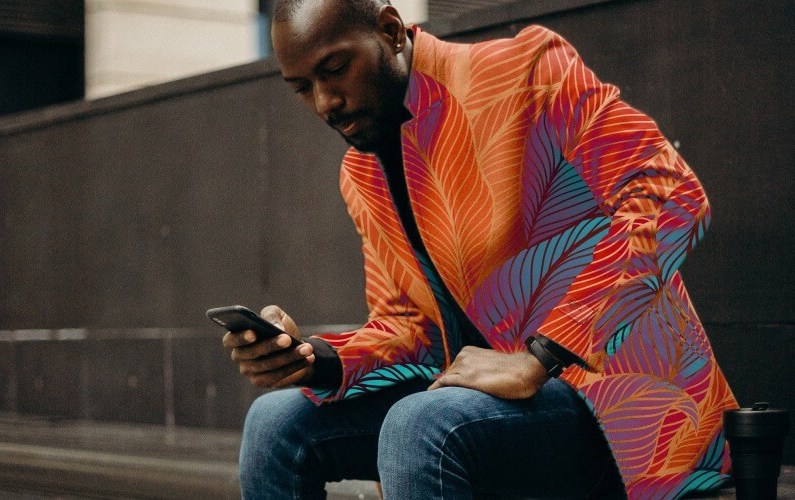
But this demand goes beyond targeted ads and product recommendations. According to Depop, 55% of Gen Z users turn to the platform in search of one-of-a-kind items. Clearly, these young consumers value self-expression and individuality, which is almost impossible to find through fast-fashion retailers.
Solidarity
Consumers don’t just want brands to adapt to their desires and beliefs. Rather, they want brands to show that they truly understand, care and share an interest in the causes they follow and the choices they make.
According to the New Heartland Group, half of Millennial and Gen Z consumers will jump on a brand’s bandwagon if they demonstrate knowledge of the causes and life choices they care about.
However, failure to show solidarity with the concerns and desires of young consumers — among them the positive environmental and social impact of slow fashion — can damage the relationship between brand and customer, with 55% stating this would be a major deterrent.
Unconventional approaches are helping the best slow fashion brands to thrive
Common practices in the industry — excessive inventories manufactured using cheap labor, the subsequent burning of surplus stock, and the sheer environmental cost — do not align with the slow fashion movement. Instead, slow fashion brands are adopting new approaches to minimize their waste and impact.
Less is more approach
Rather than creating ‘throwaway’ garments that consumers wear once, slow fashion retailers instead follow a less is more approach, producing clothes that consumers can love and wear for years to come.
Instead of relying on catwalks to reveal the next trend, brands must study their audience, learn their needs and desires, and use this to manufacture garments that are truly created for them.
Progressive brands are using body data analytic tools, such as 3DLOOK’s YourFit, to better understand who their customers are and how their bodies look. By carefully analyzing segmented body data, brands can gain a deeper understanding of their typical customers and create garments that look good on their bodies and fit them perfectly. In turn, the lifespan of these products is extended, resulting in less waste and emissions.
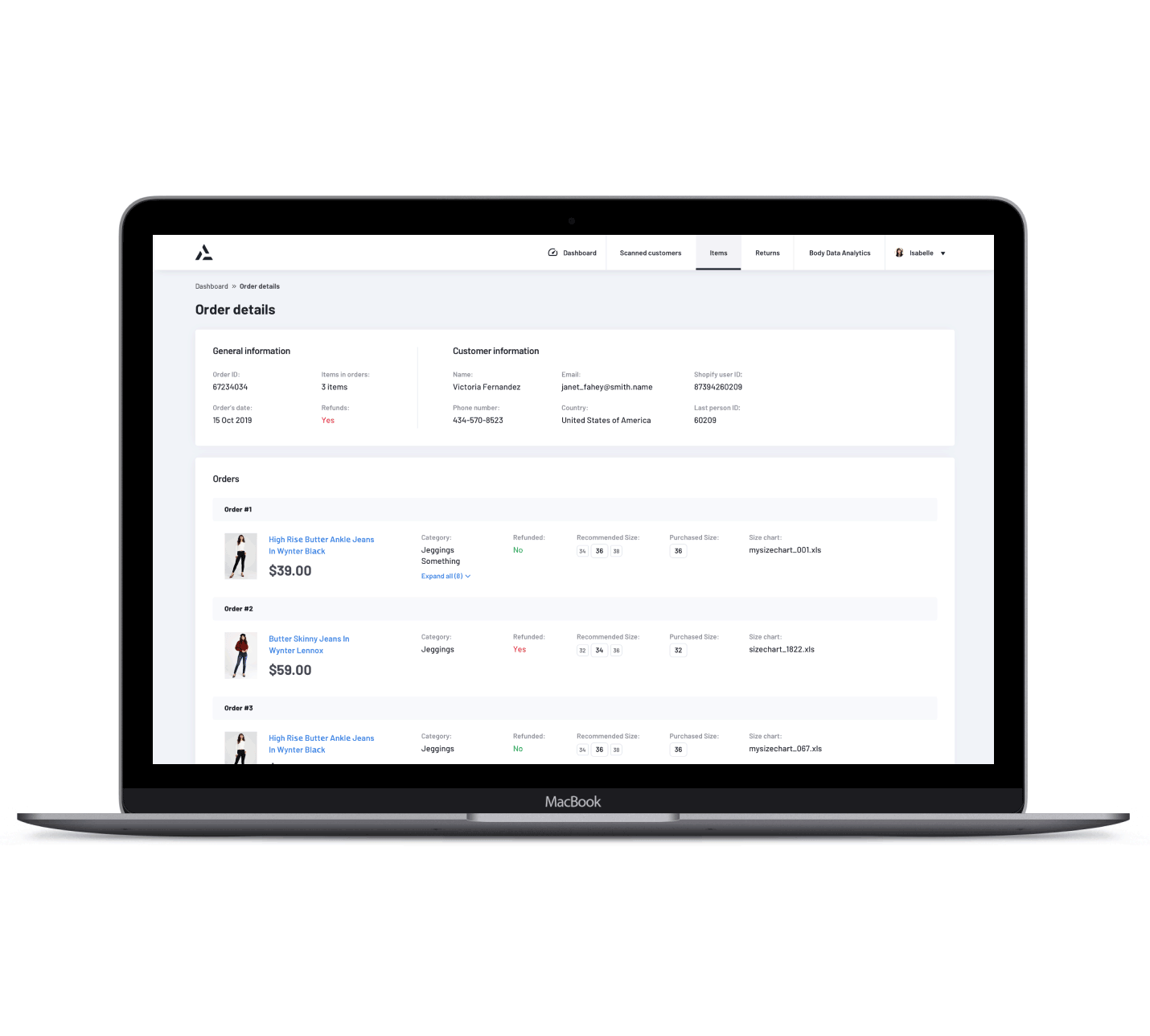
On-demand manufacturing
On-demand manufacturing offers a complete U-turn from fast fashion’s mass production. Garments are only produced once the customer has purchased, with body data used to create an item that is truly tailored to that individual.
On-demand manufacturing addresses many of the issues that consumers have with the fast fashion market — poor quality, limited personalization, and a lack of sustainability — and is fast becoming the ultimate luxury.
New players are rushing to make their mark in the made-to-order market. Those that put sustainability and ethics first, in turn showing solidarity with today’s young consumers, are poised to have the biggest impact.
All Mive garments are made-to-order using body data gathered with 3DLOOK’s Mobile Tailor, AI-first mobile body measuring tool. Video source: Mive
Slow fashion marketplace Mive, for instance, uses on-demand manufacturing to bring ethically and sustainably made fashion to those of all shapes and sizes, while putting independent designers and their creations front and center. All Mive garments are made-to-order using body data gathered with 3DLOOK’s Mobile Tailor, AI-first mobile body measuring tool. With over 80+ measurements collected, creators on Mive can tailor garments to each and every individual, guaranteeing satisfaction, minimizing emissions, and eliminating waste.
Slow fashion is the next big trend — Fashion must move with the times
Fluidity, adaptability, and constant evolution are crucial to creating a future-proof business, but change must be based on the desires and values of current and future consumers. If fast fashion taught the industry anything, it’s how to spot and respond to trends faster than ever before. Now it’s time to put that to good use. Consumers are changing and fashion must too.
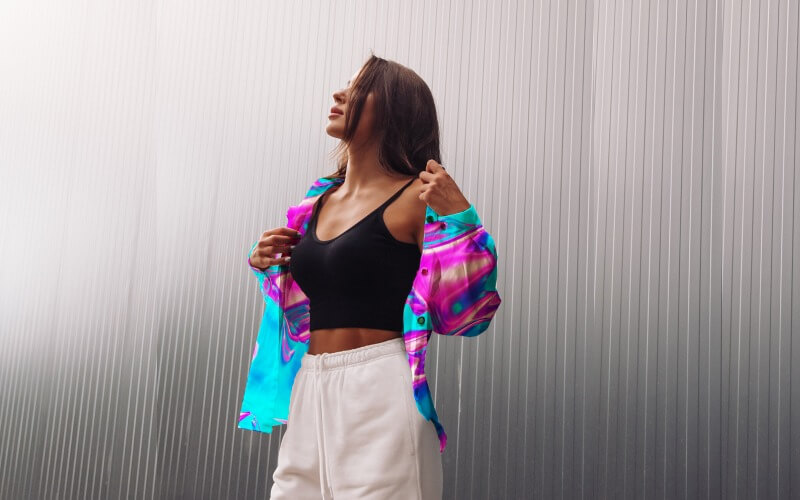
YourFit by 3DLOOK
A simple, user-friendly, and intuitive fit personalization platform that helps shoppers find the best size clothing while also providing an engaging try-on experience.



